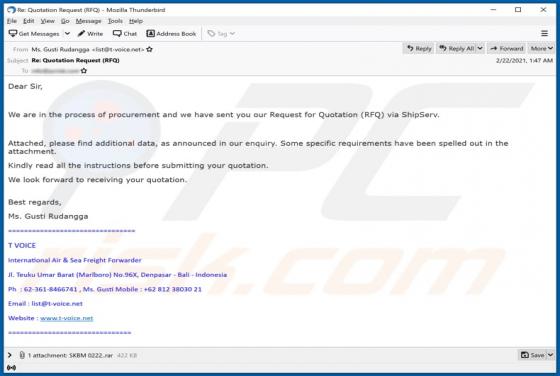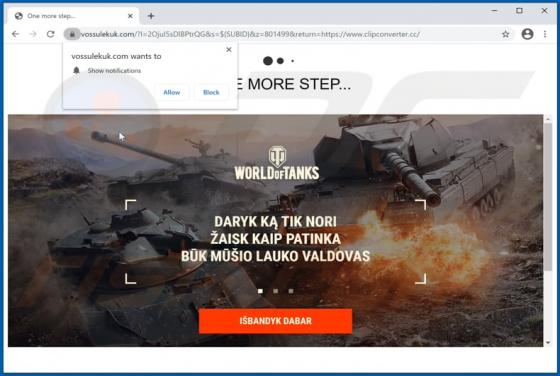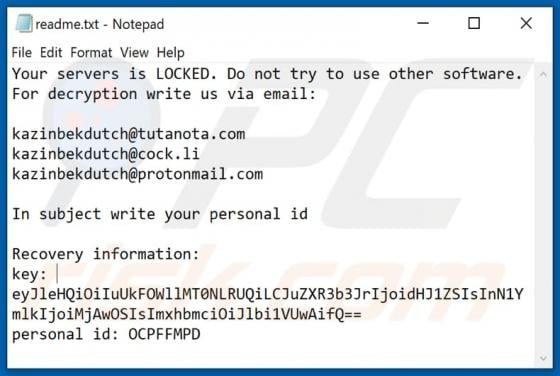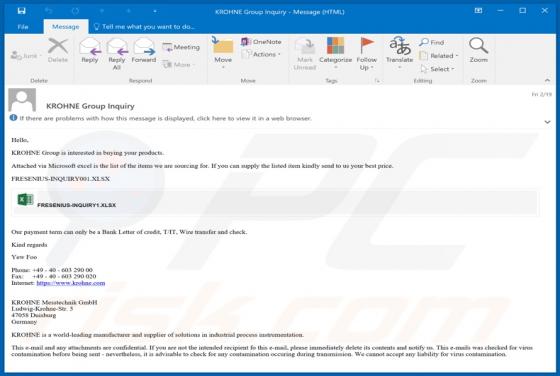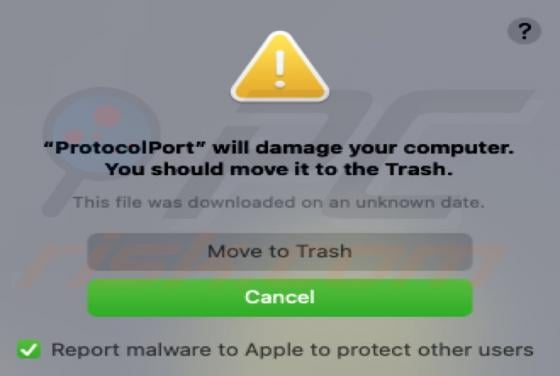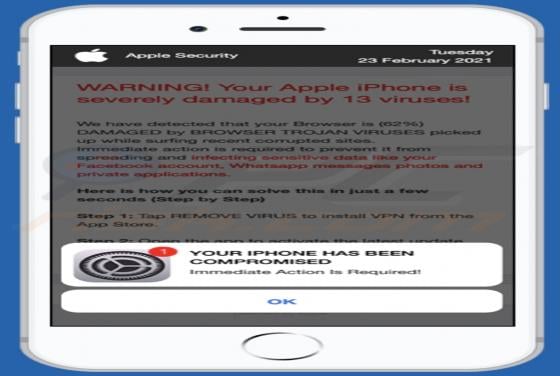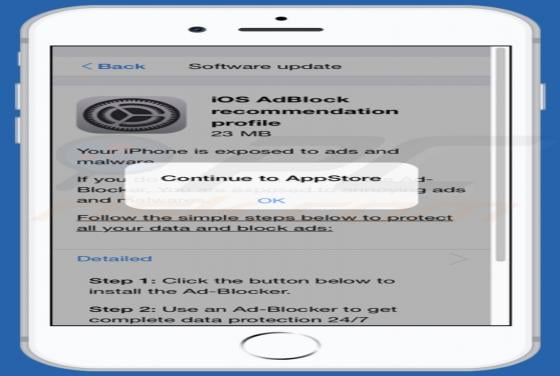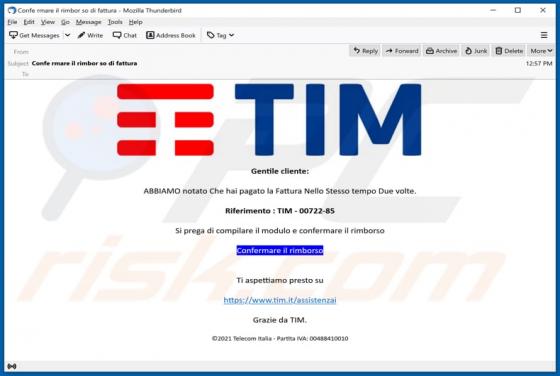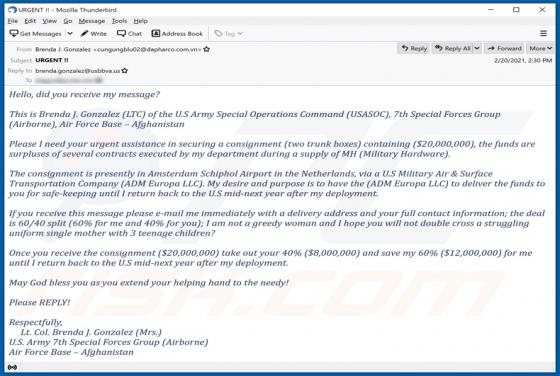
U.S Army Special Operations Command Consignment Email Scam
"U.S Army Special Operations Command Consignment" refers to a spam email campaign. This term defines a mass-scale operation during which deceptive/scam emails are sent by the thousand. The emails sent through this campaign (subject "URGENT !!"; may vary) are disguised as messages from a U.S. Air F
